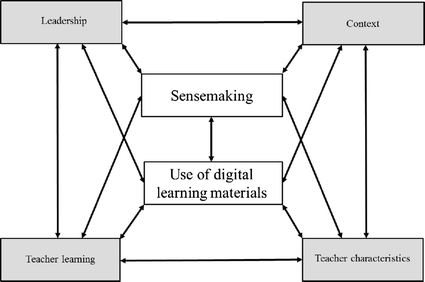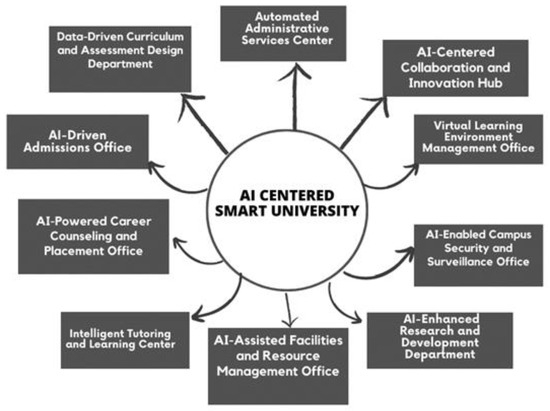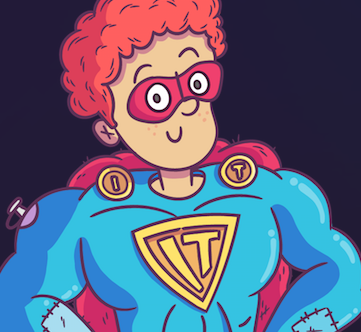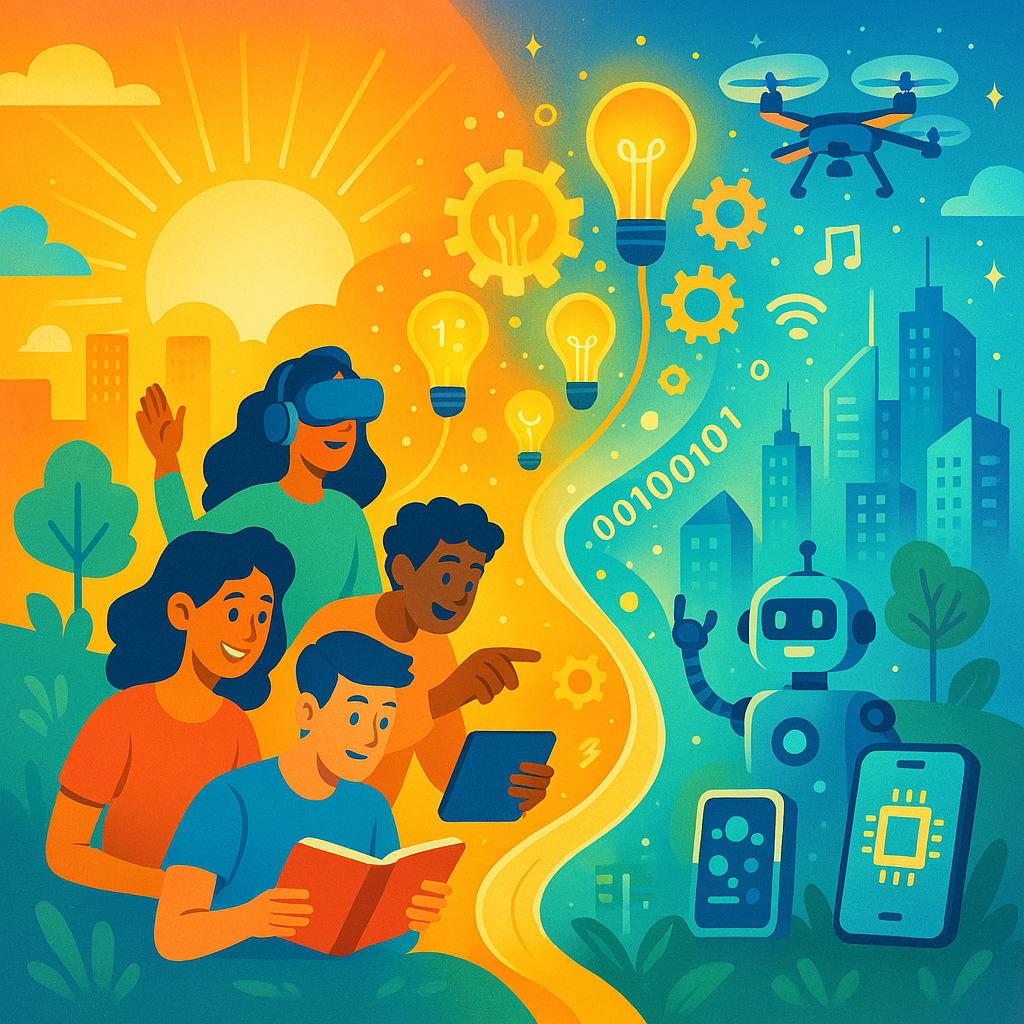
The Interplay Between Learning and Innovation
Defining Learning and Innovation
At the core of any successful venture or endeavor lies the dynamic relationship between learning and innovation. Understanding these concepts provides a foundation for grasping how they interact to foster progress.
Learning is the process of acquiring knowledge, skills, attitudes, or competences through experience, study, or teaching. Learning for individuals and organizations includes both formal education and informal experiences that enhance understanding and skills.
Innovation involves introducing something new or significantly improving existing products, services, or processes. It is a creative response to challenges and opportunities, often requiring a blend of novel ideas and strategic thinking.
Examples of Learning and Innovation Integration:
- Educational Institutions: Schools and universities often implement new teaching methodologies to engage students more effectively, reflecting an innovative approach to education.
- Technology Companies: Tech firms frequently invest in training programs for their employees, ensuring they stay updated with the latest advancements, thus facilitating innovative solutions.
Historical Perspectives
Historically, the interplay between learning and innovation has been pivotal to human development. From the Renaissance, marked by artistic and scientific discoveries, to the Industrial Revolution, which changed manufacturing and transportation, learning has driven innovation.
- Renaissance Era (14th to 17th Century): This was a time when thinkers like Leonardo da Vinci and Galileo Galilei embraced the concept of experiential learning. They pushed boundaries and revolutionized art and science.
- Industrial Revolution (18th to 19th Century): The shift toward machinery and factory-based production required a new set of skills. Apprenticeships flourished, merging learning with practical application, ultimately driving innovation in mass production.
Key Takeaways from Historical Perspectives:
- Innovation thrives when there’s a quest for knowledge.
- Historical examples underscore the significance of iterative learning; each discovery builds on previous knowledge.
- Societies that prioritize education and encourage experimental approaches tend to lead in innovation.
Learning and innovation are essential for growth in any field, as shown by foundational definitions and historical examples. Transitioning from these insights, it’s essential to delve into how learning actively drives innovation today.

The Role of Learning in Driving Innovation
Acquisition and Application of Knowledge
The link between learning and innovation shows that gaining and using knowledge is essential for driving innovation. In an ever-evolving world, continuous learning serves as a catalyst for fresh ideas and solutions.
When individuals and organizations prioritize learning, they equip themselves with the knowledge and skills necessary to tackle challenges creatively. This learning process can take many forms:
- Formal Education: Attending courses or obtaining degrees enhances theoretical understanding, which can be applied in various industries.
- Workshops and Seminars: These forums allow participants to gain practical insights and learn from experts who share their experiences.
- Peer Collaboration: Engaging with colleagues or external partners can lead to the sharing of unique perspectives, leading to innovative solutions.
For example, many successful tech companies, like Google and Microsoft, emphasize a culture of continuous learning. They provide employees with opportunities to attend conferences, online courses, and even sabbaticals for research. This commitment ensures that they remain at the forefront of technological innovation.
Challenges and Opportunities
While the role of learning in driving innovation is clear, it does not come without challenges. Organizations often encounter barriers that hinder effective learning and the subsequent application of that knowledge:
- Resistance to Change: Employees may be reluctant to adopt new ways of thinking or working, fearing disruption of established routines.
- Resource Constraints: Limited budgets or time can hinder opportunities for training and development.
- Information Overload: In the digital age, the sheer volume of available information can be overwhelming, making it difficult to discern what is valuable.
However, with every challenge comes an opportunity. For instance, organizations that choose to embrace a growth mindset can foster a more innovative workplace culture. By being open to feedback and encouraging experimentation, they can create an environment where learning thrives.
Examples of Leveraging Opportunities:
- Mentorship Programs: Pairing less experienced employees with seasoned professionals can enhance knowledge transfer and innovation.
- Agile Learning Environments: Companies can adopt flexible learning models that empower employees to learn at their own pace, accommodating diverse learning styles.
- Investing in Technology: Utilizing learning management systems can streamline educational resources and ease access to knowledge.
Knowledge acquisition and application, along with understanding challenges and opportunities, are essential for innovation. Organizations can use learning to drive success and foster groundbreaking innovations. The next section shows how innovation improves learning experiences, creating a cycle that promotes growth.

Harnessing Innovation to Enhance Learning Experiences
Cutting-Edge Technologies in Education
Having explored how learning drives innovation, it’s essential to recognize how innovation, in turn, enhances learning experiences. Recently, the education sector has integrated advanced technologies, transforming how knowledge is taught and learned.
Educational institutions and organizations are now adopting a range of technological tools and platforms that cater to diverse learning needs:
- Learning Management Systems (LMS): Platforms like Moodle and Blackboard allow educators to create, deliver, and manage courses efficiently. They provide resources, track student progress, and facilitate communication, making learning more accessible.
- Virtual Reality (VR) and Augmented Reality (AR): These immersive technologies enable students to explore new concepts actively. For instance, medical students can practice surgeries in a virtual environment, gaining practical skills without real-world risks.
- Artificial Intelligence (AI): AI can personalize learning experiences by adapting content and pace to individual student needs. Systems analyzing learning patterns can recommend resources or activities that align with a student’s strengths and weaknesses.
Personal experience shows that interactive online quizzes and simulations in physics make the subject more engaging and improve understanding and retention of complex concepts.
Impact on Student Engagement
The impact of these innovative technologies is profound, particularly when it comes to student engagement. Engaged students are more likely to retain information, participate actively, and develop a genuine interest in their subjects.
Key Benefits of Enhanced Student Engagement Include:
- Increased Motivation: When learning is interactive and fun, students are more inclined to participate and excel.
- Collaborative Learning Opportunities: Online forums, breakout rooms, and group projects foster teamwork and peer learning, essential components in the modern workplace.
- Immediate Feedback: Technologies provide instant assessments, allowing students to understand their performance promptly and rectify any misconceptions before they escalate.
In a flipped classroom model, students study lecture materials at home and participate in hands-on activities during class. This approach stimulates active participation, allowing educators to focus on addressing questions and deepening understanding rather than merely delivering lectures.
Innovations in educational technology not only enhance the learning experience but also transform students into active, lifelong learners. Armed with tools that foster engagement and collaboration, learners are better prepared to navigate the complexities of an ever-changing world. To foster a culture of continuous learning and innovation, it’s important to understand that supportive learning environments boost student success and creativity.

Cultivating a Culture of Continuous Learning and Innovation
Organizational Learning Strategies
Organizations should foster a culture of continuous learning and innovation to improve learning experiences. At the heart of this endeavor are effective organizational learning strategies that empower employees to grow personally and professionally.
An organization that supports a learning culture is more adaptable and resilient, particularly in a fast-paced business environment. Here are some effective strategies that organizations can implement:
- Leadership Commitment: Management must lead by example, demonstrating a commitment to learning and encouraging open dialogue. When leaders pursue knowledge and development, it resonates throughout the organization.
- Tailored Training Programs: Offering personalized training and development opportunities ensures that employees acquire skills relevant to their roles and growth paths. This might include access to workshops, online courses, or coaching.
- Knowledge Sharing Platforms: Creating collaborative spaces—both physical and digital—where employees can share insights, experiences, and best practices fosters a sense of community and continuous improvement.
At a previous job, we had bi-weekly “Lunch and Learn” sessions where employees could share topics of their expertise or interests. This initiative not only facilitated learning across diverse subjects but also strengthened team relationships.
Fostering Creativity and Experimentation
Cultivating a culture of continuous learning inherently involves embracing creativity and experimentation. Encouraging employees to think outside the box and try new ideas promotes innovation and enhances problem-solving capabilities.
Here’s how organizations can foster creativity and experimentation:
- Safe Environment for Risk-Taking: Creating an atmosphere where employees feel safe to explore new ideas without the fear of failure encourages experimentation. Implementing “failure-friendly” policies can help employees learn from their mistakes.
- Interdisciplinary Teams: Bringing together individuals from various departments fosters a diversity of thought. Cross-functional teams can generate innovative ideas by combining different perspectives and expertise.
- Resource Allocation for Innovation Projects: Allowing time and resources for employees to work on passion projects or experimental initiatives can lead to breakthroughs that benefit the organization as a whole.
Google’s “20% time” policy allows employees to spend one-fifth of their workweek on projects they care about, leading to innovations like Gmail and Google News.
To promote continuous learning and innovation, it’s essential to adopt effective learning strategies and encourage creativity and experimentation. As organizations embrace these principles, they set the stage for sustained growth and adaptability in an ever-evolving landscape. Looking ahead, it’s clear that learning and innovation work together as a powerful engine for individual and organizational success.
For More Information
Check out my AI-generated podcast here:




